MBI S.r.l.
Via Francesco Squartini,7
56121 Ospedaletto - Pisa
Italy
NHS Arden & Greater East Midlands Commissioning Support Unit
DOCK, Pioneer Park, 75 Exploration Dr
Leicester
LE4 5NU
United Kingdom
EarthSense
DOCK, Pioneer Park, 75 Exploration Dr
Leicester
LE4 5NU
United Kingdom
Spirit Digital Ltd
Spirit House, Saffron Way
Leicester
LE2 6UP
United Kingdom
Terrestris
Koelnstr. 99
53111 Bonn
Germany


